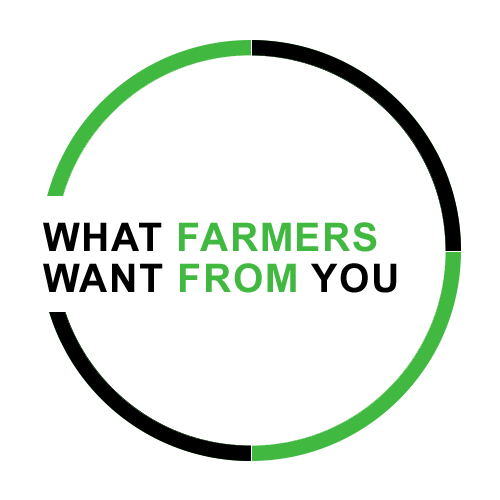 Donn Branton put the cart a little before the horse in the precision department. He was grid sampling and doing soil electric conductivity tests on his rocky, hilly acres before he or his custom applicators even had the equipment to do anything with the results.
Donn Branton put the cart a little before the horse in the precision department. He was grid sampling and doing soil electric conductivity tests on his rocky, hilly acres before he or his custom applicators even had the equipment to do anything with the results.
Eventually, Branton caught up, and he now has a 16 twin-row Kinze planter equipped with a Precision Planting 20/20 monitor, hydraulic drives, a Rawson hydraulic rate controller and Trimble auto-steer. With the 20/20 unit, Branton is able to track all 32 rows planted and adjust row cleaners and planter unit down pressure on the fly.
“We have soils that vary from rocky to sandy and it saves a lot of time getting in and out of the tractor adjusting things,” he says. “I also like that I can zero right in on each row unit if there’s a particular problem. It really gives me a much better indication of what’s actually going on with the row unit.”
Hydraulic drives and row clutches give Branton ultimate control of where every seed on his farm goes. He is able to variable rate phosphorus fertilizer, but presently does so manually, rather than going through the extra work of breaking soils out into a precision map for variable rate.
However, Branton plans to further his use of variable rate in the future.
In addition to his planter, Branton also runs a Flexicoil air seeder. It is setup with a rate controller in the cab so he can adjust fertilizer, seed and seed treatment.
Point of Pain: Equipment Overload
Branton is an early adopter of precision technology and has even found himself in beta testing with companies such as Precision Planting. However, he says a person can have too much of a good thing.
What Farmers Want From You is a series of farmer profiles that examine the scope of precision farming tools individual farmers are using on their operation, along with the frustrations that can occur with adopting new technology and how dealers can alleviate those "points of pain" for farm customers. For the latest additions to the series, visit our What Farmers Want From You feed.
“Right now we’re trying to grow into our equipment and it seems like every year we’re making some fairly major changes,” he says. “As we get comfortable with the technology and the equipment, we move a little further along.”
For instance, Branton has the ability to vary seed populations automatically, but hasn’t “dug that far into the manual yet.”
“Being on the front edge of some of these technologies means there’s not a lot of experience and knowledge locally. It’s been a learning curve for us and our dealers,” he says. “The good news is that everyone has worked together to problem solve and customer service help lines have been, well, helpful.
Struggles also come from Branton having to jump from one seat to the other, not relying much on hired help. It’s easy for him to get overwhelmed with everything there is to keep track of.
“I run the strip-tiller, the planter and the sprayer sometimes all in one day and switching between crops,” he says. “I’m jumping from equipment to equipment and moving components around to run auto-steer and mapping as I go.”
His advice to dealers is to help producers add technology at a rate with which they are comfortable. Throwing too much technology and too many changes at a person can result in underused and misused technology.
“I may be old school and the younger generation may pick up on some of that stuff faster, but I always take care to not change too much at once,” he says.






